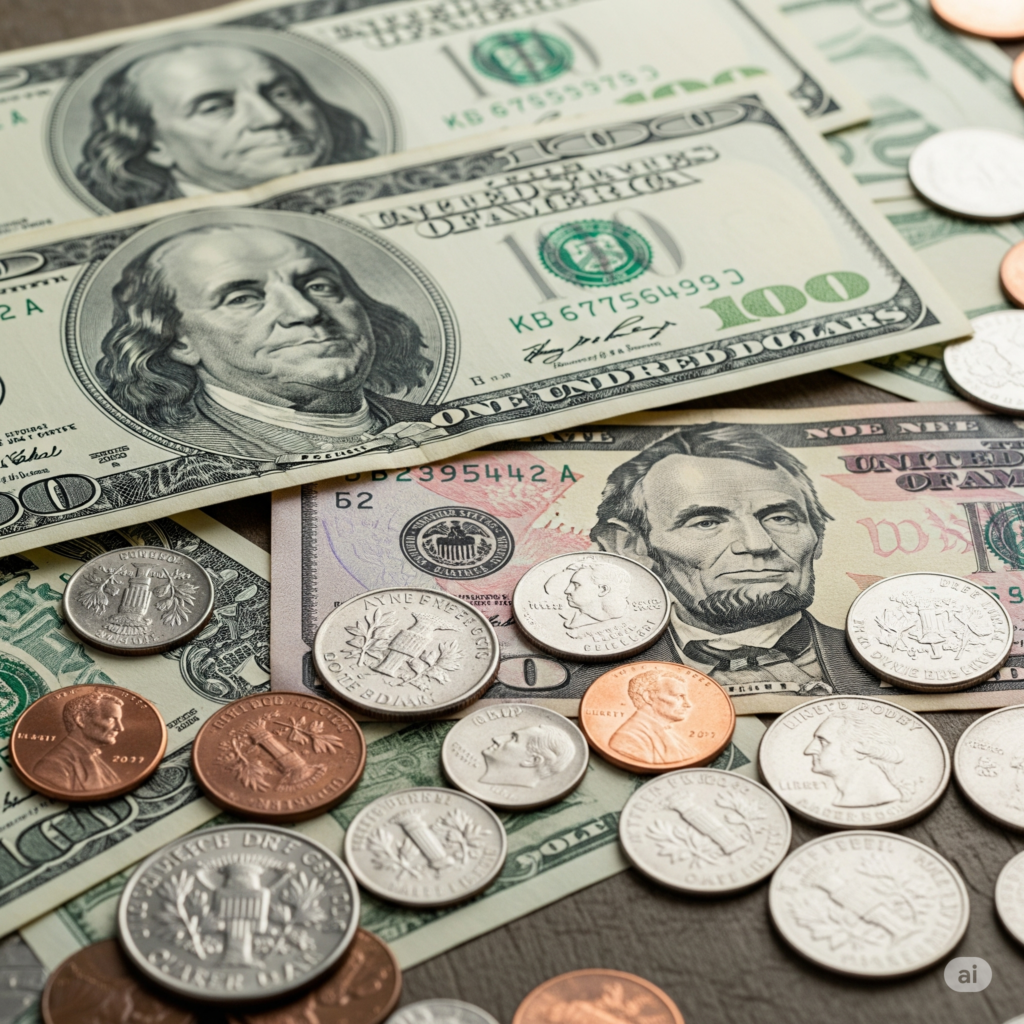Why were coins divided to use as change?
Did you know that some coins were cut in half to make change?
Imagine going to the market to buy a loaf of bread, and instead of receiving small change, the vendor takes a large coin and literally cuts it in half right before your eyes! While it sounds like something out of a fantasy novel, this was a very real and common practice in various parts of the world for centuries. Before the advent of sophisticated minting and a wide array of smaller denomination coins, people had to get creative to make sure everyone got their fair share.
The Problem of Small Change: A Historical Dilemma

Scarcity of Small Denominations: Why Half-Coins Became a Necessity
In ancient and medieval times, and even up to more recent periods in some regions, the production of small denomination coins was often impractical or simply not a priority for rulers and mints. Creating tiny coins was labor-intensive, and their small size made them easy to lose or counterfeit. Consequently, the currency in circulation often consisted mainly of larger, more valuable coins, typically made of precious metals like silver or gold.
This created a significant problem for everyday transactions. How do you buy something worth less than the smallest available coin? If you wanted to purchase a small item, but only had a large coin, the merchant couldn’t make change. This is where a surprisingly ingenious, albeit crude, solution came into play: cutting the existing coins.
When a Whole Was Too Much: The Economic Logic Behind Coin Halving
The practice of physically cutting coins, often into halves or even quarters, was a pragmatic response to a real economic need. It allowed people to create smaller units of value from the existing large coins, facilitating trade for goods and services that didn’t warrant the full value of a standard coin.
For instance, if a silver coin was equivalent to one day’s wages, but a loaf of bread cost only a quarter of that, the coin would be cut into four pieces, and one piece would be exchanged for the bread. This informal system ensured that commerce could continue even when there wasn’t enough official small change to go around.
The Art (and Risk) of Cutting Coins: How It Was Done

From Swords to Shears: The Methods Used to Split Precious Currency
The method of cutting coins varied, but it was generally done by individuals with the right tools and a degree of trust within the community. Sometimes, a sharp chisel and hammer were used. In other cases, special shears or even swords could be employed. The cuts were often made along the cross lines or designs on the coin to ensure a somewhat even division, though perfect halves were rarely achieved.
This wasn’t always a precise science, and the resulting pieces, known as “cut coinage,” could be irregular in shape and weight. This irregularity sometimes led to disputes over value, but for the most part, the necessity of trade outweighed the imperfections.
The Dangers and Downsides: Why Coin Cutting Eventually Faded Away
While practical, the practice of cutting coins had its drawbacks. Beyond the unevenness, there was the risk of “clipping” – where dishonest individuals would shave off tiny bits of metal from the edges of coins before or after cutting them, accumulating valuable precious metal over time. This devalued the currency and was a serious crime.
As economies grew and minting technology improved, governments and mints began producing a wider range of fractional coinage – purpose-made small denomination coins. This provided a more reliable, standardized, and secure form of small change, gradually rendering the practice of cutting coins obsolete. The transition marked a significant step in the evolution of monetary systems, moving from a crude necessity to a more regulated and sophisticated approach to currency.
Echoes of the Past: The Legacy of Cut Coins in Today’s World

Unearthing History: Where We Find Evidence of Cut Coinage Today
Today, archaeologists and numismatists (coin collectors and experts) occasionally unearth examples of cut coinage, providing fascinating insights into historical economies. These fragmented pieces of metal tell a story of ingenuity, necessity, and the everyday challenges of trade in times when money was a much more tangible and adaptable commodity.
A Curious Reminder: What Ancient Coin Cutting Teaches Us About Money’s Evolution
The tale of cut coins serves as a curious reminder of how far our monetary systems have come. From a time when people literally broke their money into pieces, we’ve transitioned to highly regulated, complex systems of physical and digital currency. It highlights the fundamental human need for a medium of exchange, and how societies adapt and innovate to meet that need, even in the most unconventional ways.




